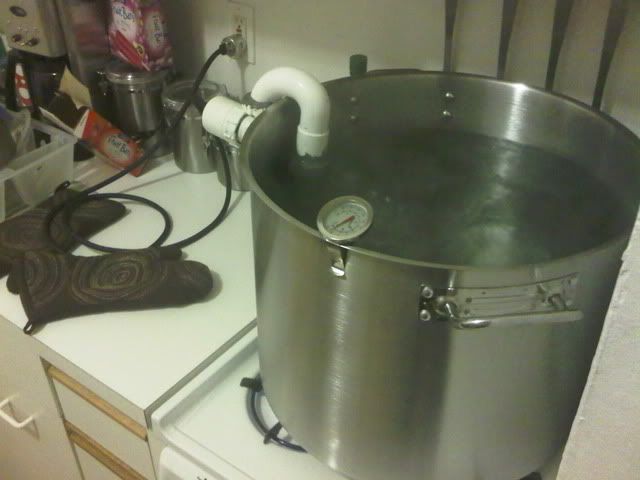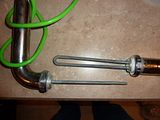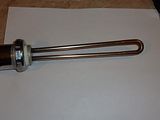bmellis
Well-Known Member
I got my new 15 gal megapot tonight and wanted to see how long it would take to boil 11.5 gals of water with my heat stick and stove combined. I have one of those smaller apartment gas stoves (with all four burners on) and just built this 1500 Watt heat stick. The water boiled in just under one hour, starting at 40 degrees. See the picture below. I took it right at the one hour mark. The boil got harder in the next few minutes, but I had to turn it off, write this post, and go to bed. I can't wait to start doing 10 gallon batches.




























































![Craft A Brew - Safale BE-256 Yeast - Fermentis - Belgian Ale Dry Yeast - For Belgian & Strong Ales - Ingredients for Home Brewing - Beer Making Supplies - [3 Pack]](https://m.media-amazon.com/images/I/51bcKEwQmWL._SL500_.jpg)




